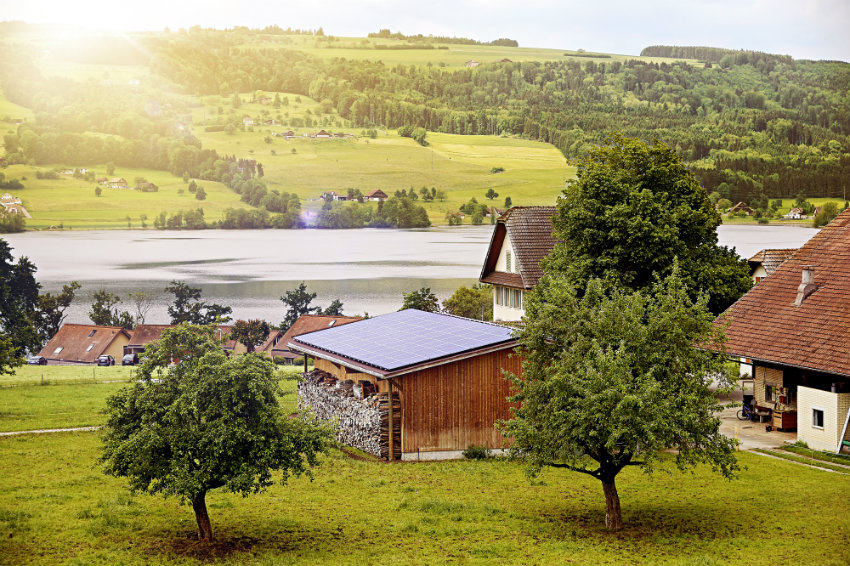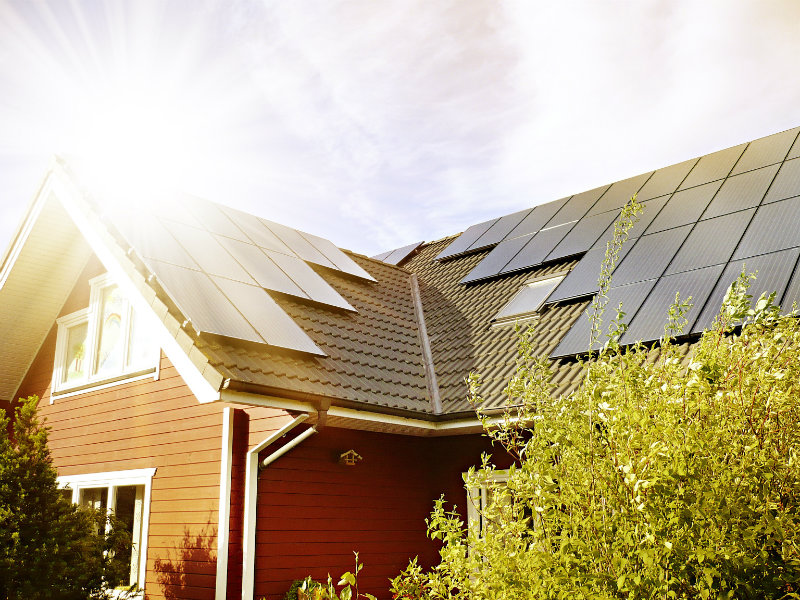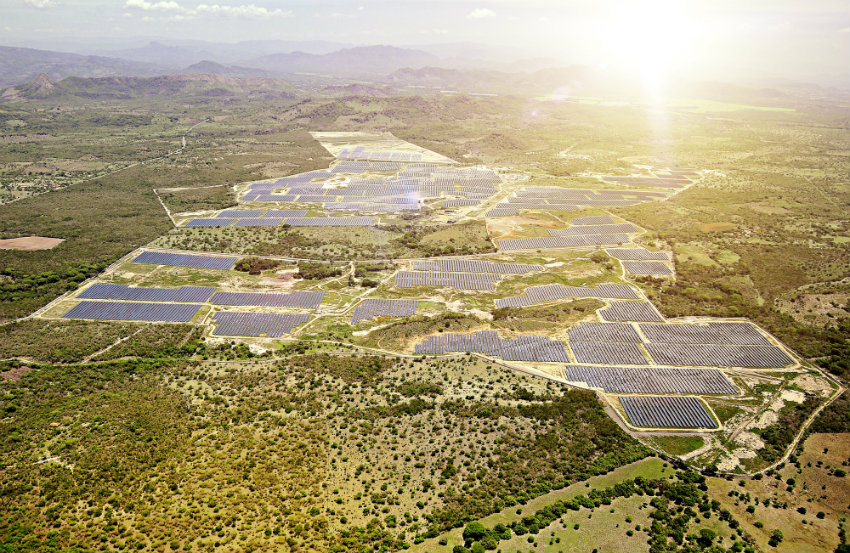
Will renewable energy take over fossil fuel?
The annual investment in renewable energy and the annual newly added generation capacities of renewable energies has been surpassing fossil fuels since 2014 and this is going to continue. There will be more solar and wind in the energy mix worldwide from now on. In 2016, solar contributed over 1% of the total electricity mix in the world. Within 5 years it will probably be contributing about 5%, and in 10 years we are likely to cross the 10% mark.
The reason for this is the improvements in technology and innovation, and the scale of economy which contributes to a great cost reduction. Ten years ago, solar cost $10 to install one watt of generation capacity. Now, in most countries, you can do it for less than $1 dollar watt.
What are the advantages and disadvantages of solar energy?
The first advantage of solar is that it is clean. No matter how much people work on clean coal, it is going to emit more than 20-30 times CO2 and other emissions than solar. The second advantage is availability. The sun is everywhere. So, every country has solar resources, and most countries have good wind resources too. Third, solar and wind can improve energy security and the distribution of the energy. You generate the energy where it is consumed.

With solar and wind energy, you have instantaneous power so you need to develop energy storage technologies, which is the only drawback. But in the next 5-6 years, we will see investments and innovation into energy storage and smart grid technologies.
What about the cost of solar energy? Is it also an advantage?
Cost is key. In some parts of the world, solar is already as competitive as fossil fuel. For example, in an energy auction in Abu Dhabi for a 20-year power purchasing agreement the winning solar bid was 2.49 cents per kWh. No fossil fuel power plant can beat rates like that. Fossil fuel power plants have to deal with fluctuations in the price of oil. Solar can offer a long-term price commitment since there is no fuel cost thereafter, the sun is your fuel.
In places with good grid connection and plenty of sunshine, solar is already as competitive as any other energy source. As technology continues to improve, within 6-7 years, solar will reach cost competitiveness with fossil fuels in most parts of the world.
At that point, the limiting factor for solar is not cost, but the instantaneous nature of solar energy, which calls for energy storage and smart grid technologies.
Germany is the undisputed leader in solar energy in Europe
The German government implemented the vision of solar energy which is totally supported by the general public. Also, it’s a great manufacturing country developing value-added technologies. They can afford to spend on clean energies and to be a spearhead for solar and other kinds of renewables. Germany has been the number one country in terms of solar installations for many years. However, in 2015, China became the number one country in terms of total accumulated solar installations.

Germany is still a leader in both solar installation and manufacturing technology. The German institutes and universities are also playing very important roles in terms of solar research and standards. Many of the major certification bodies are in Germany.
Spain used to be the largest solar market in the world and solar energy is reviving there again. They have just announced new renewable energy auctions to meet its climate change obligations. The difference now is that it is coming back in a pure market economy way, without government subsidies or feed-in tariffs. For many years, people thought that solar energy could not survive without subsidies. Spain is going to prove otherwise.

Can cities employ solar power?
Yes! Think of rooftops which are a waste of space. We don’t have to use farmland when we can utilize home and industrial rooftops to generate power where it is consumed. That is the real advantage of solar: no other energy source can be effectively implemented right at where is it used.
Can you give an example of a project Canadian Solar is working on around the world?
Canadian Solar has installed several MW of solar systems for IKEA in Australia. It was a great urban project. Shopping malls are a great place to implement solar energy. They have a lot of rooftop, use air conditioning and their peak power also comes during daytime, so it matches perfectly with solar.
We are also working with some Fortune 500 companies to develop on-site power generation strategies for their global sites to reach 100% renewable energy usage. It is not only a corporate responsibility issue, but also helps them to save their energy cost.
How do you see the future of solar energy?
In terms of challenges, policy is a huge one. The technology we can handle. The commercial issues we can handle as well, but policy and policy uncertainties are challenging. We need a stable policy environment.
Another issue is misperceptions, the biggest one being that solar can only survive with subsidies. That might have been true five or ten years ago, but things have changed now.
I would also like to point out that solar energy is the biggest growth factor of jobs in the US and in many parts of the world. The US has 400,000 solar jobs. It is three times larger than the coal industry in the US. The message is that, to “make America great again”, we should make solar great![]()









